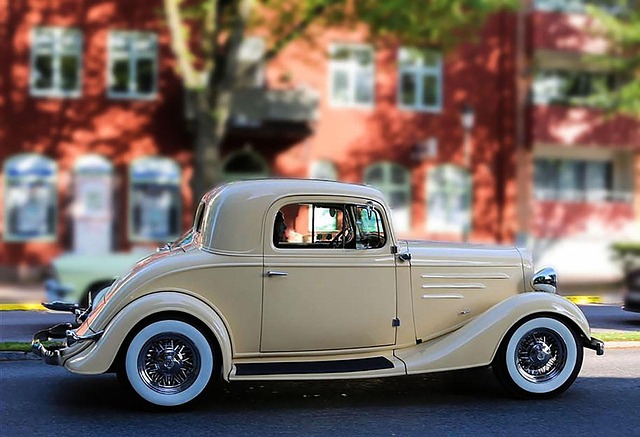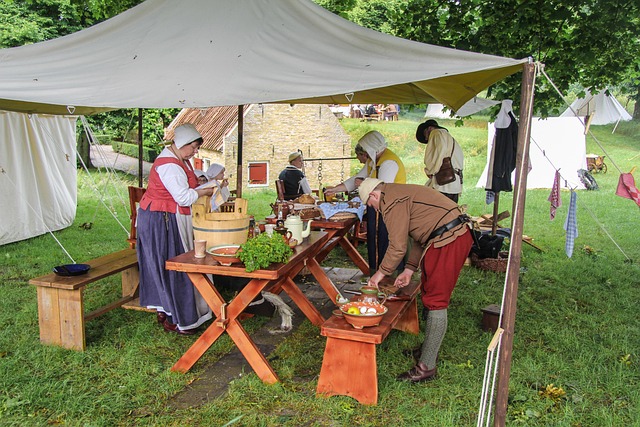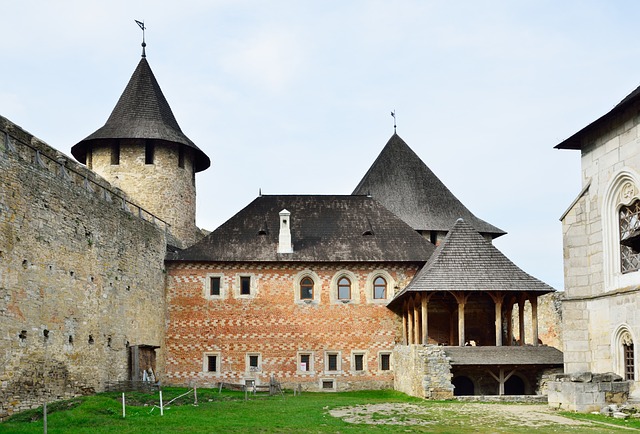A meticulous assessment of structural integrity is crucial before real estate renovations, focusing on floorplans, load-bearing walls, roofing, and foundation. Preserving original architectural elements enhances historical value, guides renovation, prioritizes safety, and complies with preservation regulations. Documenting these elements through high-quality imaging and measurements creates a digital archive for accurate restoration. Balancing restoration and modernization in real estate involves selectively restoring historic features while incorporating contemporary updates, appealing to diverse buyer preferences and sustainable living trends.
In the realm of real estate, preserving historical buildings is a delicate art. When considering renovations, carefully assessing the structural integrity of these vintage properties is paramount. Documenting their unique architectural elements ensures their preservation for future generations. Balancing restoration techniques with modernization strategies allows for adaptive reuse while maintaining the building’s character. This comprehensive approach not only respects history but also enhances property value, making it a vital consideration in today’s market.
Assess Structural Integrity Before Renovations
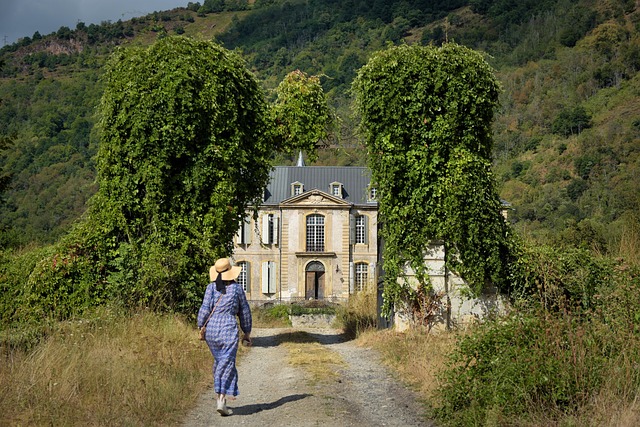
Before any renovation, assessing the structural integrity of a property is paramount. In real estate, preserving original architectural elements can significantly enhance a building’s historical value and aesthetic appeal. Therefore, a thorough inspection should be conducted to ensure that any proposed changes do not compromise the structure’s stability or compromise its original design. This step is crucial in guiding renovation plans, ensuring safety, and adhering to local preservation regulations.
During this assessment, professionals should examine key aspects such as floorplans, load-bearing walls, roofing systems, and foundational integrity. Identifying structural issues early on allows for informed decision-making. It might involve selecting renovation methods that delicately handle original features or even requiring modifications to incorporate historical elements while meeting modern safety standards.
Documenting Historic Features for Preservation
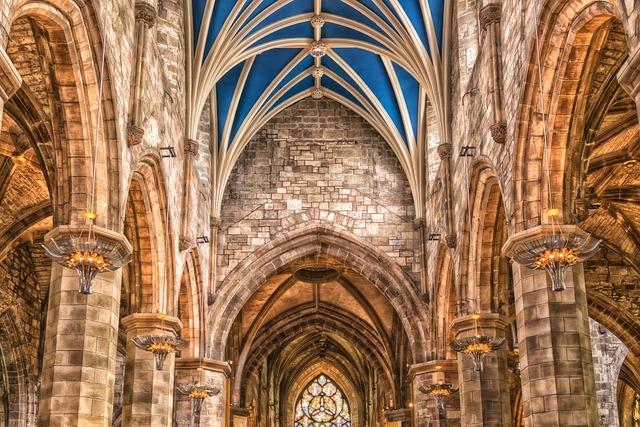
In the realm of real estate, preserving historic buildings is a delicate yet rewarding task. One crucial step in this process is meticulous documentation of original architectural elements. This involves creating comprehensive records of every distinctive feature, from intricate moldings and ornate ceilings to unique window frames and vintage flooring. By documenting these aspects, experts can ensure that future restoration efforts are accurate and respectful of the structure’s past.
Such detailed recording enables architects and historians to study and understand the building’s evolution, serving as a valuable resource for both preservationists and developers. It’s essential to capture high-quality images, measurements, and material specifications to form a digital archive that can guide repairs or adaptations while maintaining the property’s historical integrity in the real estate market.
Balancing Restoration and Modernization Strategies

In the realm of real estate, especially when dealing with historic properties, balancing restoration and modernization is a delicate dance. On one hand, preserving original architectural elements can enhance the property’s character, appeal to culturally conscious buyers, and potentially elevate its market value. This approach aligns with trends in sustainable living, as it reduces the need for new construction and minimizes waste. However, ignoring necessary updates can lead to structural issues and poor energy efficiency, which may outweigh the aesthetic benefits of preservation.
A thoughtful strategy involves carefully selecting which elements to restore and which to modernize. Original features like hardwood floors, built-in bookcases, or unique lighting fixtures can be meticulously rehabilitated, while other areas might benefit from contemporary updates such as energy-efficient appliances, modern HVAC systems, or smart home technology. This blend offers a harmonious combination of old and new, appealing to diverse buyer preferences in today’s market.

